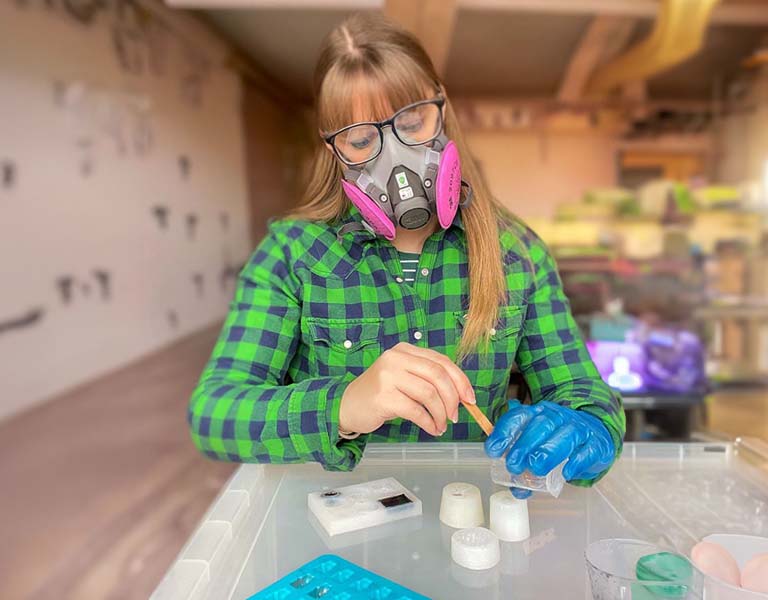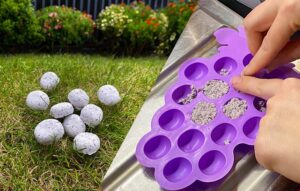Like any well-used tool, silicone molds can wear out over time, developing tears, rips, or simply losing their shine. But before tossing aside your beloved molds, fret not! With a little care and attention, you can easily repair a silicone mold to its former glory and continue using it for many more creative projects.
Repair a Silicone Mold – Contents:
- Silicone Sealant to the Rescue Method
- Liquid Silicone for Major Repairs Method
- Reinforcing Fabric for Added Strength
- Preventive Care for Long-Lasting Molds
Assessing A Damaged Silicone Mold
Before you begin to repair a silicone mold, it’s crucial to assess the extent of the damage. Small tears or rips can often be mended with simple adhesive solutions. However larger gaps or missing chunks may require a more elaborate approach.
Once we’ve identified the type of damage, we can select the most appropriate method to repair a silicone mold.
Silicone Sealant to the Rescue (Repair Method 1)
Silicone sealant, readily available online or at most hardware stores, is a simple and effective solution for repairing small tears and rips in silicone molds.
The sealant should be compatible with the type of silicone used in your mold. To repair, always thoroughly clean the mold, ensuring it’s free from dust, debris, or any residual materials from previous casting projects.
Apply a thin layer of silicone sealant to the damaged area, gently pressing the edges together to form a seamless seal. Allow the sealant to cure completely according to the manufacturer’s instructions.
Liquid Silicone for Major Repairs (Repair Method 2)
For more significant damage, such as larger tears or extensive wear, liquid silicone offers a robust repair solution. Liquid silicone, also known as RTV (room temperature vulcanising) silicone, is a two-part system that cures at room temperature, making it easy to work with. To repair, thoroughly clean the mold and mix the liquid silicone components according to the manufacturer’s instructions.
Apply a generous amount of the mixed silicone to the damaged area, filling any gaps or cracks. Allow the silicone to cure completely, following the manufacturer’s guidelines.
Reinforcing Fabric for Added Strength (Repair Method 3)
In cases where the mold has experienced significant damage or requires additional support, reinforcing fabric can be used in conjunction with silicone sealant or liquid silicone.
The fabric provides an extra layer of strength and prevents the mold from tearing again in the same area.
To use reinforcing fabric, cut a small patch of fabric slightly larger than the damaged area.
Apply a thin layer of silicone sealant or liquid silicone to the patch and place it over the damaged area. Press firmly to adhere the patch to the mold.
Allow the silicone to cure completely before using the mold.
Preventive Care for Long-Lasting Molds
To prolong the life of your silicone molds and minimise the need for repairs, follow these simple care practices:
- Store molds in a cool, dry place, away from direct sunlight or extreme temperatures.
- After each use, clean molds gently with soap and water to remove any residual materials.
- Avoid using harsh chemicals or solvents on silicone molds, as these can damage the surface.
- Avoid overstretching or twisting molds, as this can cause tears or rips.
By following these methods and care practices, you can keep your silicone molds in top condition, ensuring they continue to inspire and enable your creative work for many years to come.
After all, your molds are an extension of your creative spirit, deserving of the care and attention they need to thrive.





